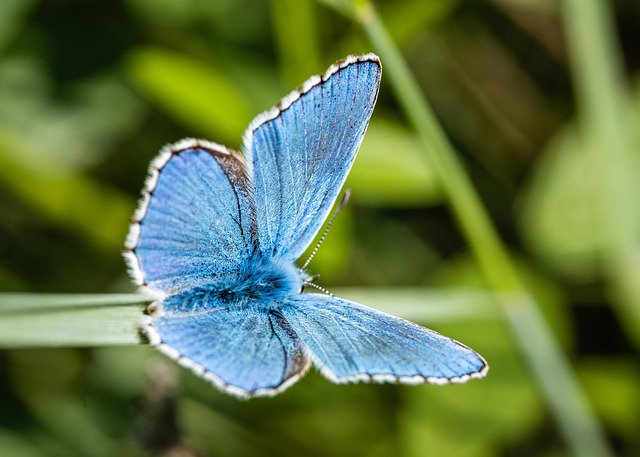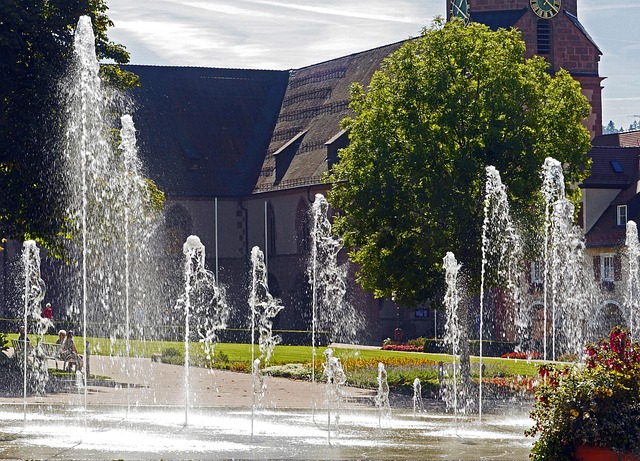Biodiversity plays a crucial role in maintaining the health and resilience of ecosystems, making it an essential focus in habitat conservation. When we cultivate a variety of plant and animal species in our gardens, we not only create vibrant landscapes but also support the environment and contribute to local ecosystems. By engaging in eco-friendly gardening practices, we can enhance biodiversity while enjoying the beauty of nature right outside our windows.
One of the simplest ways to promote biodiversity in your garden is by planting native species. Native plants are adapted to the local climate and soil conditions, requiring fewer resources and less maintenance. They also provide vital habitats and food sources for local wildlife, including insects, birds, and mammals. For example, planting native wildflowers attracts pollinators, essential for the reproduction of many plant species.
Another effective strategy is to create diverse planting layers in your garden. Incorporating a mix of trees, shrubs, perennials, and annuals not only enhances visual interest but also mimics natural ecosystems. Layers provide various habitats, from ground cover for small critters to taller plants that shelter birds. This diversity supports a wider range of species and encourages resilience against pests and diseases.
Water features, such as ponds or rain gardens, can further enrich biodiversity. These features not only serve as essential habitats for amphibians and aquatic insects but also attract birds and other wildlife. Consider using native aquatic plants to maintain a balanced ecosystem in your water feature, which minimizes the need for chemical interventions and supports healthy water quality.
Create a healthy soil ecosystem by incorporating compost and organic matter into your gardening routine. Healthy soil is the foundation of a thriving garden and promotes the diverse microorganisms and insects necessary for nutrient cycling. By avoiding synthetic fertilizers and pesticides, you help preserve the natural balance of life in your garden. Instead, use natural pest control methods, such as introducing beneficial insects or planting pest-repelling flowers.
Incorporating a compost bin or a worm farm is another eco-friendly practice that supports biodiversity. Not only does composting reduce waste, but it also enriches the soil with essential nutrients, fostering a thriving environment for various organisms. Furthermore, providing shelter, like birdhouses or bee hotels, can attract beneficial wildlife, which contributes to the overall health of your garden and the greater ecosystem.
Creating spaces for wildlife in your garden, such as brush piles, rock gardens, or untamed areas, nurtures biodiversity by offering refuge and food sources for many species. These zones act as mini habitats, promoting insect populations that are critical to pollination and soil health.
Lastly, consider participating in local conservation initiatives or sharing your gardening experiences with your community. Collaborative efforts in habitat restoration can significantly impact the surrounding environment, helping to protect and enhance biodiversity on a larger scale. By sharing knowledge and resources, you inspire others to take action toward eco-friendly practices.
By embracing biodiversity through thoughtful gardening, we make a positive impact on our environments. Each small action contributes to a larger movement toward habitat conservation and supports the delicate balance of ecosystems, ultimately leading to a healthier planet for future generations.




